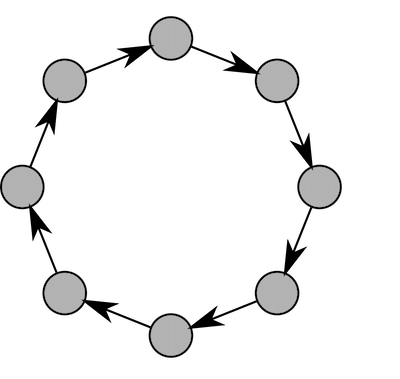ReactiveX is a wonderful framework that allows to write event based code in a very elegant and readable way. Still, getting started in it can be challenging, and intimidating. In practice once you understand few key principles of ReactiveX, you can start writing reactive code easily.
The aim of this article is to explain these keys principles, and show how they apply though a simple example. By the way, the first half of this article is language agnostic. So feel free to read it even if you use another programming languages than Python.
Before reading on, be aware of one important thing: Reactive Programming is addictive ! Once you start thinking as a data flows instead of control flows, you trend to consider that it solves problems better than other programming approaches, and you use reactive programming more and more.
Reactive Programming and ReactiveX
So what is reactive programming ? It is a way to write event driven code. The name comes from the fact that a reactive code is composed of entities that react to events being emitted by sources. These entities apply transformations on these events, and return other events as a result. So these entities — named operators — can be chained together, to create computation graphs.
Reactive computation graphs are always directed. They flow in only one way. Some graphs are Directed Acyclic Graphs — DAG — like this one:
On this diagram the nodes represent computations, and the edge the link between computations.
Some graphs may also be Cycle Graphs like this one:

Cycle graphs are very common when writing a fully reactive application. Most of the time the major part of an application graph is acyclic, and a sub-part may have cycles.
ReactiveX is the most popular implementation of Reactive Programming libraries. One reason is that it was one of the firsts reactive libraries. It was initially developed by Microsoft for the .net platform. Since 2012 the code is open source, and has been ported to more than 20 programming languages.
The python implementation of ReactiveX is RxPY. The library is available on pypi and can be installed with pip:
pip3 install rx
Observable, Observer, Operator
The foundation of ReactiveX is based on only few key principles described in the Observable Contract. Once you understand these principles, you will clearly understand the behavior of any ReactiveX code.
The base entity in ReactiveX is the Observable. An Observable is an entity that is a source of items. Item is the ReactiveX term for an event. You can consider that an Observable is a stream of event.
The second entity is the Observer. An Observer is the entity that subscribes to Observers, so that it can process items as they are emitted. The subscription to an Observable is explicit. This means that an Observable does not emit items until an Observer subscribes to it. When an Observable is created, no data flow occurs. The data flow starts at subscription time, not at creation time.
We can then combine an Observer and an Observable to create an Operator. An operator subscribes to a source Observable, applies some transformations to the incoming items, and emits new items on another Observable.
This is all you need to understand how ReactiveX works ! We will go in more details in the following paragraphs, but it all ends up to understanding these four notions: Observable, Observer, Subscription, Operator.
#programming #reactive-programming #event-driven-systems #reactivex #python
